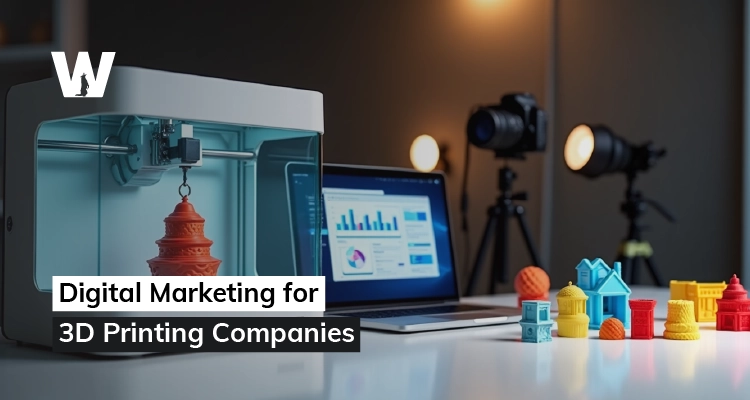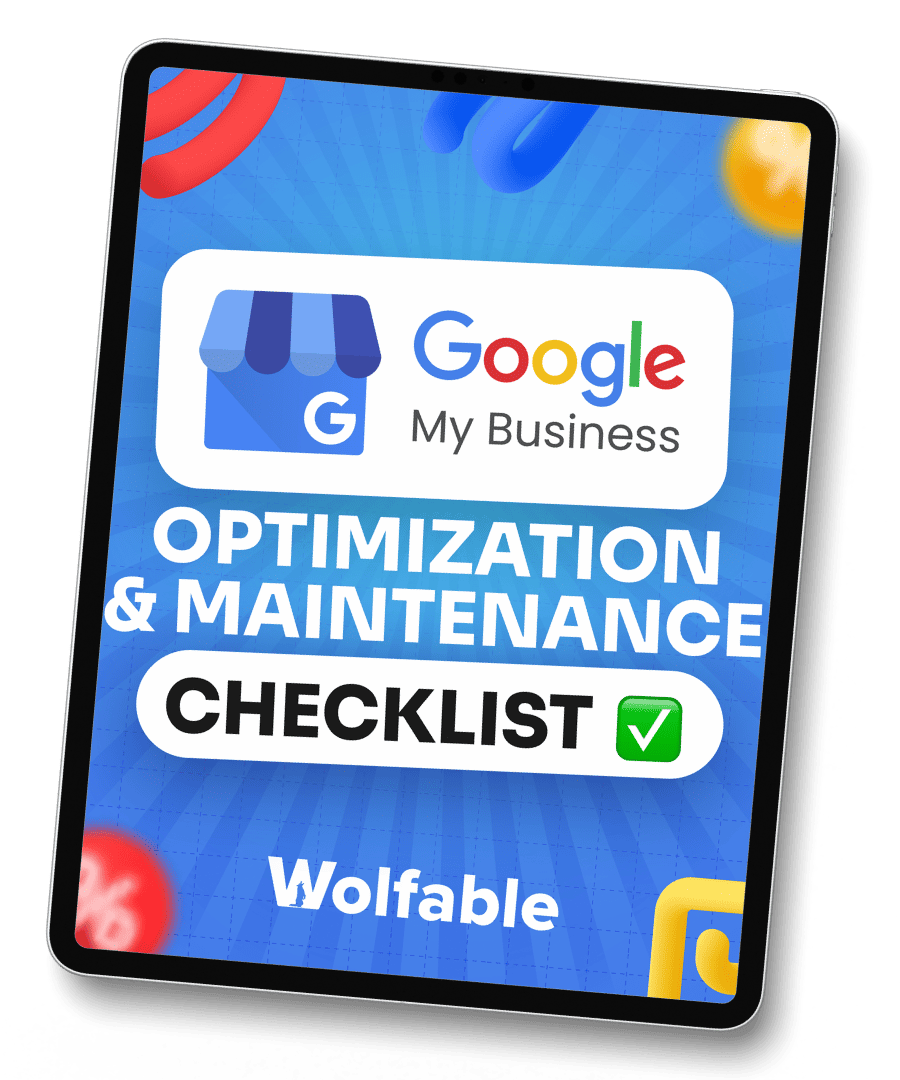Wraps up in 13 Minutes
The 3D printing revolution is upon us. From aerospace to healthcare, additive manufacturing is transforming industries. But in this rapidly evolving landscape, how do 3D printing companies capture market share and establish a strong brand presence? The answer lies in a robust and strategic digital marketing approach.
This comprehensive guide will explore the essential strategies, tools, and best practices for 3D printing businesses to thrive in the digital age.
What is Digital Marketing for 3D Printing Companies?
Digital marketing for 3D printing encompasses all marketing efforts that leverage electronic devices and the internet. It's about connecting with potential clients, showcasing your expertise, and driving business growth through online channels. In a technologically advanced industry like 3D printing, a strong online presence is not just an advantage—it's essential. Digital marketing empowers 3D printing companies to attract qualified leads, nurture those leads into loyal customers, and build a strong, recognizable brand. It's about demonstrating your capabilities, highlighting your specialization, and positioning yourself as a leader in the additive manufacturing space.
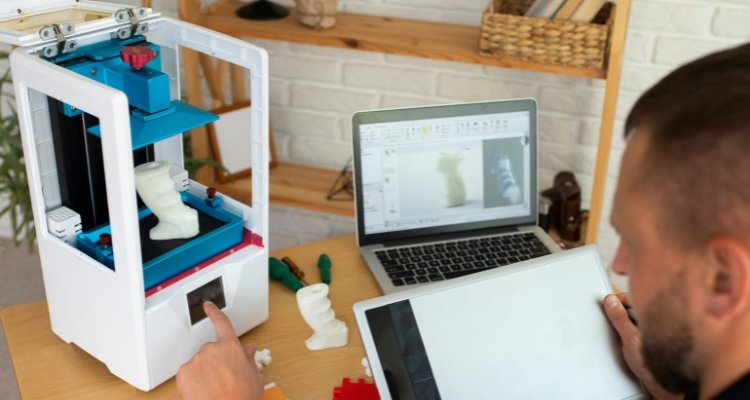
Why Do 3D Printing Companies Need Digital Marketing?
Several factors make digital marketing crucial for 3D printing businesses:
- Increased Market Competition: The 3D printing landscape is becoming increasingly competitive. New players are constantly entering the market, and established companies are expanding their offerings. Digital marketing helps you differentiate yourself, highlight your unique selling propositions, and stand out from the crowd. It allows you to carve out your niche and target the specific industries or applications where you excel.
- Targeting the Right Audience: Reaching the right audience is paramount. 3D printing solutions are often highly specialized, and you need to connect with the specific professionals who need your services. Digital strategies enable you to target specific demographics, industries, and job titles, such as engineers, designers, manufacturers, researchers, and procurement specialists. You can customize your messaging and content to resonate with their specific needs and interests.
- Generating Quality Leads: Traditional marketing methods often fall short in the B2B 3D printing sector. Cold calling and print advertising are less effective than targeted digital campaigns. Digital marketing provides the tools to generate highly qualified leads, those genuinely interested in your services and solutions. Inbound marketing techniques, such as content marketing and SEO, attract potential clients to your website and position you as a thought leader in the industry.
- Building a Strong Brand Identity: A compelling online presence is essential for building a strong brand identity. Digital marketing allows you to craft a consistent brand message, showcase your expertise, and establish yourself as a trusted partner in the 3D printing space. You can share your company story, highlight your values, and demonstrate your commitment to innovation and customer satisfaction.
- Measurable Results: Unlike traditional marketing, digital marketing offers measurable results. You can track your progress, analyze your campaigns, and optimize your strategies for maximum impact. Key metrics include website traffic, lead generation, conversion rates, customer acquisition cost, and return on investment (ROI). This data-driven approach allows you to continuously refine your marketing efforts and maximize your budget.
Essential Digital Marketing Strategies for 3D Printing Companies
Let's explore the core digital marketing strategies that can propel your 3D printing business forward:
1. Web Development & UX Optimization
Your website is the foundation of your digital marketing efforts. For 3D printing companies, a well-designed and user-friendly website is not just about aesthetics—it plays a crucial role in converting visitors into leads and customers. A strong web presence builds credibility, showcases expertise, and provides a smooth experience for potential clients exploring your services.
Key Web Development & UX Strategies for 3D Printing Businesses
1. Professional & Industry-Specific Website Design
Your website should visually represent your brand and the advanced technology behind your 3D printing solutions. High-quality images, 3D renderings, and interactive elements can showcase:
- Your printing capabilities (materials, precision levels, speed).
- Industries served (aerospace, automotive, healthcare, prototyping).
- Success stories through case studies, testimonials, and project galleries.
2. Seamless & Intuitive User Experience (UX)
A well-structured website makes it easy for visitors to find information quickly.
- Use clear navigation menus with well-defined categories.
- Add strategic CTAs like "Request a Quote", "View Materials", or "Schedule a Consultation".
- Offer downloadable resources such as brochures, whitepapers, and guides to capture leads.
3. Mobile Optimization for Maximum Reach
With a significant portion of users accessing websites via mobile devices, your website must be fully responsive.
- Ensure fast-loading pages and smooth scrolling.
- Optimize touch interactions for product browsing and inquiries.
- Implement click-to-call and mobile-friendly forms to streamline conversions.
4. Page Speed & Performance Optimization
A slow-loading website can frustrate visitors and hurt search rankings. Improve speed by:
- Compressing images without sacrificing quality.
- Using content delivery networks (CDNs) for faster global access.
- Implementing lazy loading to prioritize visible content.
By optimizing your website’s design, functionality, and performance, you create a seamless and engaging experience that turns visitors into long-term clients. A well-built website also strengthens your PPC, SEO, and content marketing efforts, making it a cornerstone of your digital marketing strategy.
2. SEO for 3D Printing Businesses
Search Engine Optimization (SEO) is the foundation of online visibility. It involves optimizing your website and content to rank higher in search engine results pages (SERPs). For 3D printing businesses, this means:
- Keyword Research: Identify relevant keywords that your target audience is searching for. Think about terms like "additive manufacturing services," "3D printing materials," "rapid prototyping," "custom 3D printing," "metal 3D printing," "polymer 3D printing," and industry-specific applications like "3D printing for aerospace," "3D printing for medical devices," or "3D printing for automotive." Focus on long-tail keywords that are more specific and less competitive.
- On-Page Optimization: Optimize your website's content, meta descriptions, title tags, and header tags with your target keywords. Ensure your website is mobile-friendly, loads quickly, and is accessible to users with disabilities. Use structured data markup to help search engines understand the content on your pages.
- Off-Page Optimization: Build high-quality backlinks from reputable websites in the 3D printing industry. Engage in guest blogging, participate in online forums, and network with other industry professionals. Build relationships with influencers and thought leaders in the 3D printing space.
3. Content Marketing for 3D Printing Firms
Content marketing is about creating and sharing valuable content to attract and engage your target audience. For 3D printing companies, this could include:
- Case Studies: Showcase successful 3D printing projects you've completed for clients. Highlight the challenges, solutions, and results. Quantify the benefits your clients have achieved through your 3D printing services.
- Blog Posts: Share your expertise on various 3D printing topics, such as new materials, emerging technologies, industry trends, best practices, and applications. Offer insights and perspectives that are valuable to your target audience.
- White Papers & Ebooks: Offer in-depth analysis and insights on specific 3D printing applications or technologies. Position yourself as a thought leader by sharing your knowledge and expertise.
- Video Marketing: Create engaging videos showcasing your 3D printing capabilities, demonstrating your equipment, explaining your processes, and sharing customer testimonials. Videos are a powerful way to connect with your audience and showcase the tangible benefits of your services.
- Tutorials & How-To Guides: Provide valuable resources to your target audience by creating tutorials and how-to guides on using 3D printing technologies or materials. This can help educate potential clients and demonstrate your expertise.
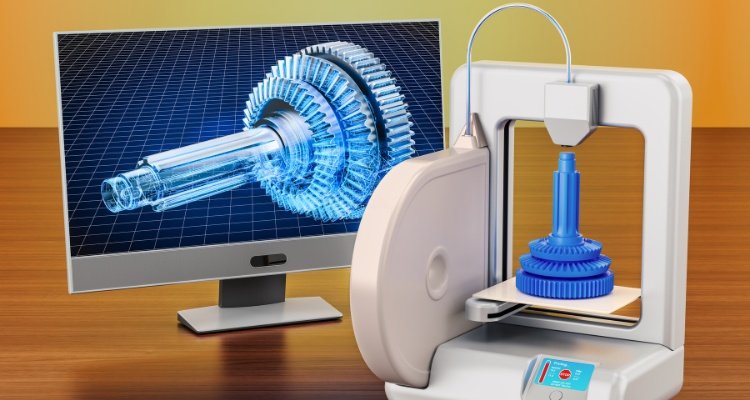
4. Social Media Marketing for 3D Printing
Social media platforms offer valuable opportunities to connect with your target audience, build brand awareness, and drive traffic to your website. Key platforms for 3D printing businesses include:
- LinkedIn:
LinkedIn is a professional networking platform ideal for connecting with engineers, designers, manufacturers, and other industry professionals. Share industry news, participate in discussions, and build relationships with potential clients. - Instagram:
Instagram is a visually driven platform perfect for showcasing your 3D printing projects, highlighting your company culture, and engaging with your audience through compelling visuals. Use high-quality images and videos to showcase your work. - Twitter:
Twitter is a great platform for sharing industry news, engaging in conversations, and building relationships with influencers and potential clients. Share your blog posts, articles, and other content on Twitter.
5. PPC & Performance Marketing for 3D Printing Startups
Best PPC Platforms for 3D Printing Companies
- Google Ads: Ideal for capturing search intent. Use keywords like "custom 3D printing services" or "best industrial 3D printer for prototyping". Google Shopping Ads can also be leveraged if you sell 3D printers or accessories.
- LinkedIn Ads: Effective for B2B marketing. Target industries like manufacturing, automotive, and healthcare, or reach professionals such as product designers and R&D engineers.
- Facebook & Instagram Ads: Best for brand awareness and retargeting. Showcase innovative 3D printing applications through engaging carousel and video ads.
- YouTube Ads: Great for product demonstrations. Educate your audience with detailed videos on print quality, material diversity, and real-world applications.
PPC Strategies for 3D Printing Businesses:
1. Use High-Intent Keywords
2. Leverage Retargeting
3. Optimize Landing Pages
4. A/B Test Ad Creatives
A well-executed PPC strategy can help 3D printing businesses gain visibility, attract potential customers, and drive revenue growth. By continuously optimizing campaigns and tracking performance metrics, you can maximize your ROI and scale your business effectively.
6. Email Marketing for Additive Manufacturing Companies: Nurture Your Leads
Email marketing is a highly effective way for additive manufacturing companies to nurture leads, educate potential clients, and drive conversions. By consistently delivering valuable and personalized content, you can build strong relationships and stay top-of-mind with prospects.
Best Practices for Email Marketing in 3D Printing
- Share Valuable Content
Send newsletters, case studies, and blog updates that highlight new advancements, applications, and success stories in 3D printing. - Promote Your Services Inform your audience about new materials, upgraded 3D printers, or exclusive offers that can benefit their business.
- Personalize Your Emails Segment your audience based on industry, company size, or interests to deliver relevant messages. For example, manufacturers may receive emails on industrial-grade 3D printing, while startups get content on cost-effective prototyping.
- Automate Your Campaigns Set up automated email sequences for lead nurturing, follow-ups, and abandoned cart reminders (for e-commerce-based 3D printing services).
By strategically leveraging email marketing, 3D printing companies can educate prospects, build trust, and drive long-term business growth.
7. AI & Automation in Digital Marketing for 3D Printing
Artificial intelligence (AI) and automation are revolutionizing digital marketing, allowing 3D printing companies to streamline operations, improve targeting, and enhance customer interactions. By leveraging AI-driven tools, businesses can optimize marketing efforts and boost conversions with minimal manual intervention.
How AI & Automation Benefit 3D Printing Companies
- Personalized Marketing Campaigns
AI analyzes customer behaviour, search patterns, and engagement data to deliver hyper-personalized content. This ensures potential clients see tailored promotions, product recommendations, and relevant case studies, increasing engagement and conversions. - Automating Repetitive Tasks Automate time-consuming marketing activities like social media scheduling, email campaigns, and lead follow-ups. This allows your team to focus on high-value tasks such as client consultations and strategy development.
- AI-Driven Campaign Optimization
Use AI-powered analytics to track, measure, and refine your marketing efforts in real time. AI can suggest keyword adjustments, audience targeting tweaks, and bid optimizations to maximize ad performance and ROI. - Chatbots for Lead Generation & Customer Support
Integrate AI-powered chatbots on your website to instantly assist visitors, answer FAQs, qualify leads, and schedule consultations. Chatbots can handle multiple inquiries simultaneously, ensuring 24/7 engagement with potential clients.
By integrating AI and automation, 3D printing businesses can enhance marketing efficiency, improve customer experience, and scale their digital strategy with minimal effort.
Why Choose Wolfable for Your 3D Printing Business's Marketing?
Choosing the right marketing partner is crucial for success. Wolfable understands the complexities and nuances of the 3D printing industry. We offer tailored strategies designed to meet your specific business goals, whether you're targeting aerospace, medical, automotive, or other sectors. Our expertise includes:
- Deep Industry Knowledge: We possess a deep understanding of the 3D printing market, including the latest technologies, materials, applications, and trends. We understand the challenges and opportunities you face.
- Data-Driven Approach: We utilize data and analytics to inform our strategies and measure results. We don't rely on guesswork; we base our decisions on data-driven insights.
- Customized Solutions: We develop personalized marketing plans that align with your unique business objectives, target audience, and budget. We don't believe in one-size-fits-all solutions.
- Proven Track Record: We have a history of success in helping manufacturing companies grow their businesses. We can provide case studies and testimonials to demonstrate our expertise and results.
- Full-Service Offering: We offer a comprehensive suite of digital marketing services, including SEO, content marketing, social media marketing, PPC advertising, email marketing, web development, and AI-powered solutions. We can be your one-stop shop for all your digital marketing needs.
- Collaborative Partnership: We believe in building collaborative partnerships with our clients. We work closely with you to understand your business, your goals, and your target audience. We keep you informed every step of the way.
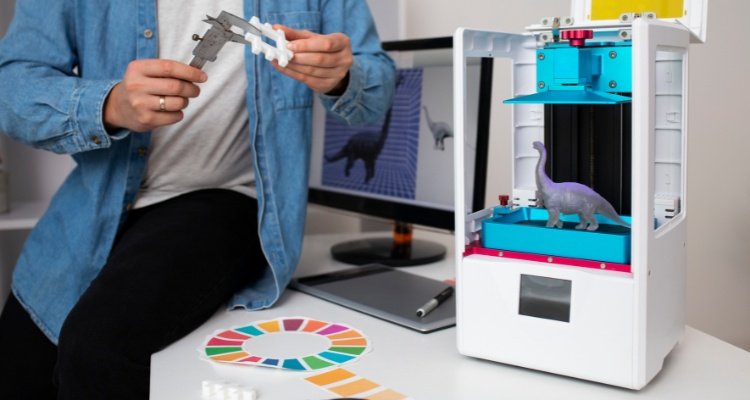
Conclusion
Digital marketing is no longer optional for 3D printing businesses—it's essential for survival and growth in this competitive landscape. By implementing the strategies outlined in this guide and partnering with a knowledgeable and experienced marketing agency like Wolfable – Best Manufacturing Digital Marketing Agency, you can effectively reach your target audience, generate high-quality leads, build a strong brand identity, and achieve your business objectives. Embrace the digital future and unlock the full potential of your 3D printing business.


